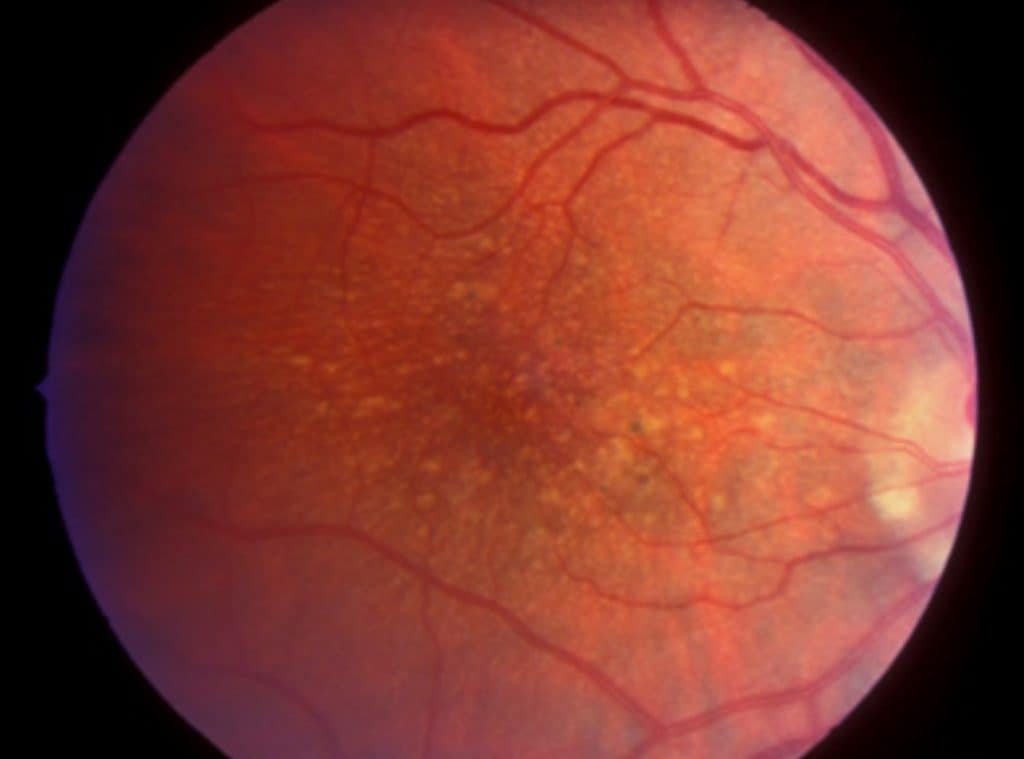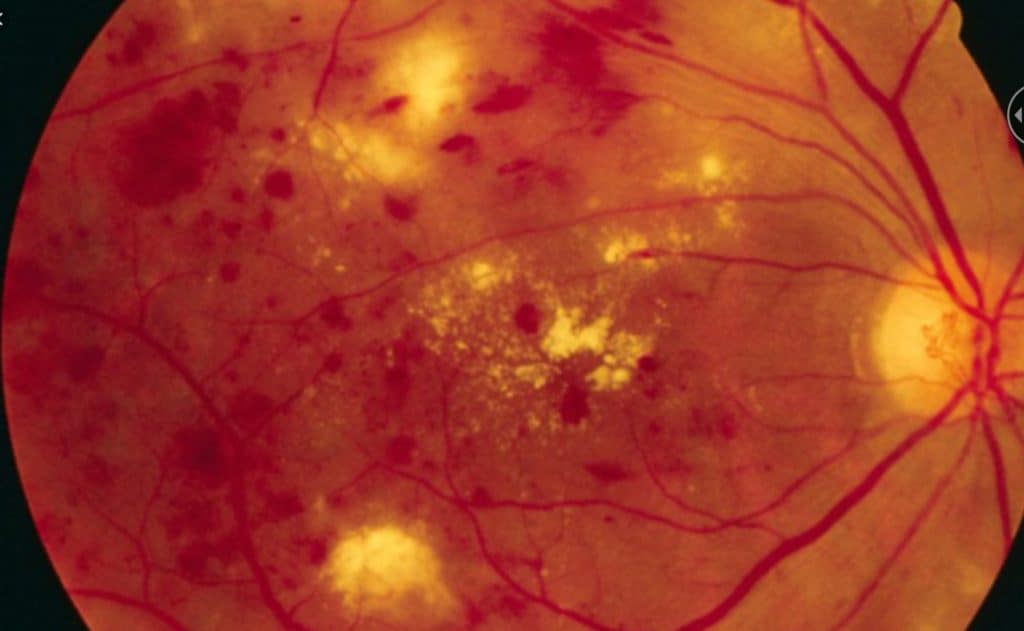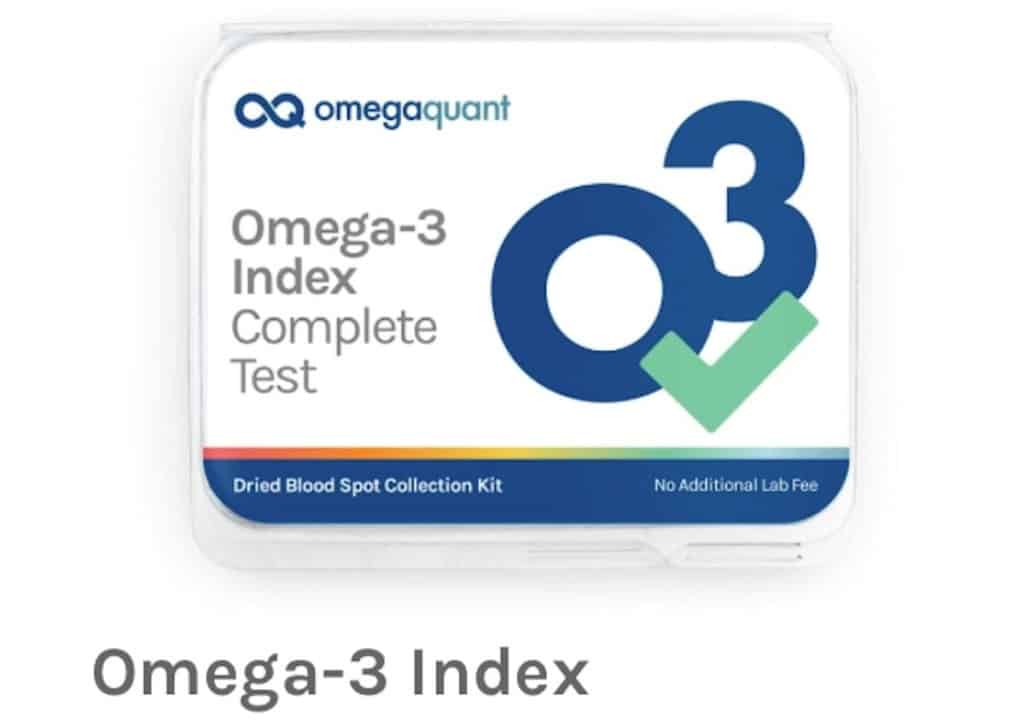DHA (docosahexaenoic acid), an omega-3 fatty acid, is abundantly present in the retina. Studies have demonstrated its vital role in preserving ocular health by supporting the integrity of retinal blood vessels and nerves. Additionally, Omega-3 acts as a potent anti-inflammatory agent.
Omega-3 is one of many fatty acids which are essential building blocks of cell membranes of the brain and nervous system. There are three main omega-3 fatty acids:
- Alpha-linoleic acid (ALA)
- Eicosapentaenoic acid (EPA)
- Docosahexaenoic acid (DHA)
The omega-3 fatty acids have been studied extensively regarding their role in cardiovascular health and neurological development. From these studies, researchers have noted improvement in the blood vessel and neurological health.
How does omega-3 affect the eyes?
The 3 main topics that researchers have evaluated on the effect of omega-3 on the eyes are:
1. Age-related macular degeneration (AMD),
2. Diabetic retinopathy, and
3. Dry eye disease (DED.)
Does omega-3 help with AMD?
What we know about the effect of omega-3 on blood vessels and its anti-inflammatory properties suggests a potential protective role.
The most widely cited research on AMD and nutritional supplementation is the Age-Related Eye Disease Study 2 (AREDS 2).
Omega-3 fatty acids were part of the study, but they are not included in the commercially available AREDS2 eye vitamin formula. Why? The researchers concluded that omega-3 had no effect on preventing the progression of AMD to advanced AMD. However, the study did not evaluate omega-3’s potential role in protecting against or preventing AMD.
A smaller study, the Nutritional AMD Treatment 2 (NAT2), yielded similar results: no significant effect on reducing the rate of progression to advanced AMD or reducing significant visual loss. Nonetheless, it did suggest a potentially protective role.
The NAT2 found that those with higher blood levels of EPA + DHA had a substantial and significantly lower risk of neovascular AMD. Neovascular AMD can lead to the ‘wet’ form of macular degeneration. (Ref; article comparing AREDS2 and NAT2 study )
)
Researchers agree that more studies need to be done to better understand the protective role of omega-3 fatty acids.
Learn about macular degeneration: The 7 Truths About AMD
Are the omega-3 fatty acids good for diabetic retinopathy?
Studies have shown that those with Type 2 diabetes, who consume two servings of oily fish per week or take omega-3 supplements, have a ‘significantly decreased risk of developing sight-threatening diabetic retinopathy.’ (Ref: JAMA Network )
)
The cause of diabetic eye disease is chronic inflammation of the leaky blood vessels in the retina. This inflammation sets off a series of changes in the blood vessels, leading to fibrosis, free radical formation, and the release of vascular endothelial growth factor (VEGF). This process is known as diabetic retinopathy, resulting in neovascularization with bleeding, retinal cell death, and vision loss.
Research into the benefits of omega-3 fatty acids for preventing cardiovascular disease is well-documented. This ‘good’ fat is recognized for its anti-inflammatory properties and its ability to protect the diabetic retina by reducing new blood vessel formation and providing antioxidant activity. Omega-3 fatty acids hold promise in decreasing the complications associated with diabetic retinopathy.
Can omega-3 help with dry eyes?
Studies have demonstrated that increasing omega-3 fatty acid intake can lead to improvements in dry eye symptoms. Omega-3s help alleviate Dry Eye Disease (DED) symptoms and signs by modulating ocular surface inflammation and enhancing tear-lipid profiles.
The effectiveness of omega-3s for dry eyes is a topic of ongoing debate. Many doctors have long advised their patients with dry eye to supplement omega-3 fatty acids to reduce inflammation and support the health of the eyelid glands responsible for moisture production. This approach is believed to be most beneficial when combined with other treatments such as lubricating eye drops, warm compresses, and anti-inflammatory eye drops.
What are food sources for Omega-3 Fatty Acids?
DHA and EPA omega-3 fatty acids are commonly found in fish oils such as salmon, herring, sardines, trout, and mackerel. ALA omega-3 is present in nuts, flaxseed, and vegetable oils.
Omega-3 is classified as an unsaturated fat. Unsaturated fats from vegetables and fish remain liquid at room temperature. In contrast, saturated fats, which are typically solid at room temperature, are commonly found in animal fat and dairy products like cheese and butter.
For individuals with fish allergies or those following a vegan diet, flaxseed and flax oil provide a source of the ALA form of omega-3. Additionally, there are commercially available DHA sources derived from yeast and microalgae.
Which omega-3 is best for the eyes?
Among the many fatty acids, the most vital dietary omega-3 fatty acids for eye health include alpha-linolenic acid (ALA), eicosapentaenoic acid (EPA), and docosahexaenoic acid (DHA).
ALA is considered an “essential” nutrient, meaning it must be consumed through diet since our bodies cannot produce it. Both EPA and DHA can be derived from ALA.
Numerous studies have examined the benefits of omega-3 fatty acids for cardiovascular, brain, eye, and joint health. However, the findings of these studies can sometimes be conflicting. The question of whether DHA and EPA supplements or omega-3 fatty acids from dietary fish and fish oils are more beneficial remains debated.
Nutritionists often recommend consuming oily fish as the best dietary source of omega-3. For those choosing to supplement, it’s advisable to select products from manufacturers who conduct third-party testing for purity and consistency.
How much omega-3 is recommended daily?
The USDA has not established a Recommended Daily Allowance for omega-3 fatty acids. However, it is generally suggested to aim for a dietary intake of 2 to 3 servings of omega-3-rich fish per week. Each serving is typically around 8 ounces, providing approximately 1000 mg of omega-3 (though this varies based on the type and quality of the fish).
has not established a Recommended Daily Allowance for omega-3 fatty acids. However, it is generally suggested to aim for a dietary intake of 2 to 3 servings of omega-3-rich fish per week. Each serving is typically around 8 ounces, providing approximately 1000 mg of omega-3 (though this varies based on the type and quality of the fish).
Studies on AMD and omega-3 have yielded inconclusive results regarding daily dosages. However, researchers studying cardiovascular disease and dry eye therapy recommend a daily intake of 1000 mg (1 gram) fish oil capsules for beneficial effects. The upper limit of dosage is considered to be 3000 mg/day, as higher doses may lead to toxicity.
While cod liver oil is a source of omega-3 fatty acids, it is also high in Vitamin A and D at levels that could be toxic for some individuals.
To mitigate the fishy aftertaste, it’s recommended to take fish oil capsules with food. Some individuals may experience stomach discomfort, such as belching and heartburn, when taking fish oil. Enteric-coated capsules are available and may help reduce these unpleasant side effects.
Who should not take omega-3?
Individuals with fish allergies can opt for plant-based omega-3 supplements, such as those from flaxseed, walnuts, and soybeans.
If you are taking blood thinners like warfarin, Plavix, apixaban (Eliquis), or aspirin therapy, it’s important to note that DHA/EPA have a blood-thinning effect. Hemophiliacs should also exercise caution.
Before considering high-dose omega-3 supplementation, it is advised to consult with a physician, especially if you have hypotension (low blood pressure), are on blood thinners, or are scheduled for surgery or chemotherapy. This consultation helps ensure that the potent effects of omega-3 are not contraindicated for your specific health condition.
How long does it take for omega-3 to work for the eyes?
It may take 2 to 3 months for a noticeable effect.
Fish, flaxseed, and omega-3 supplement capsules are ‘natural’ treatments. Natural nutritional supplements take longer for benefits than a pharmaceutical therapies.
How do I check my omega-3 levels?
There is an at-home test kit produced by OmegaQuant . (Use coupon code I3URD3NZSK for 5% off at check out.)
. (Use coupon code I3URD3NZSK for 5% off at check out.)
You can purchase a test kit to get your DHA and EPA blood levels. They have additional test kits for testing other omega fatty acids and trans fats.
The test requires a drop of blood as the test sample, which is mailed off to the OmegaOuant lab. The lab generates a report on your omega profile.
This is a good option to determine if your diet is sufficient in omega-3s, or if you have a deficiency.
This company also has test kits for Vitamin D, B12, Prenatal DHA, HbA1C, and even your pet’s omega-3 index.
In the end..
Omega-3 fatty acids are considered ‘good’ fats, crucial for their anti-inflammatory properties and their role in the structure and function of cell membranes. DHA is the primary omega-3 found in high concentrations in retinal cell membranes, indicating its significant role in vision and nerve function.
Further research is required to comprehensively understand the impact of omega-3 fatty acids in preventing and protecting against the development of eye diseases
Learn more about ocular health: What is the Best Supplement to Preserve Eye and Brain Health?





